
|
Could that small vertical mark on your ear have something to do with heart disease? Here is a simple test that could protect you from serious damage to your health.
But before you start worrying, here are some basic statistics and background on the test. Since Dr. Frank's studies were published, more scientists have looked into the correlation between the earlobe crease and heart disease.
One study conducted in 1980 found that there was no significant relationship between earlobe creases and coronary artery disease in American Indians, suggesting that "Frank's sign" may not have the same level of indication in other ethnic groups. Another study on Japanese Americans also found no correlation between earlobe creases and heart disease. Yet other scientists propose that because the studies are usually conducted on patients over the age of 50, the results may be biased as individuals naturally have a higher risk for these diseases as they age. It could be that earlobe creases are simply a sign of the natural aging process. Despite these doubts, most scientists and doctors agree that the appearance of an ear crease at the age of 50 and below could be a good indication that the body is not as healthy as it should be. For this reason, if you have an earlobe crease, or know someone with one, it is important to consult a doctor who can test your blood and determine if this odd indicator holds any truth. And remember, heart disease can be treated and even stopped in its tracks, and once it has disappeared, so too will the earlobe crease! |

These Non-Routine Medical Tests Could Save Your Life!
Here are 8 non-routine tests that really have the potential to save your life, and some of them even need to be taken as early as 30.

Is This New Drug a Revolution in Slowing Down Alzheimer's?
n the ongoing battle against Alzheimer's disease, a new development presents a beacon of hope.

Did This Technique Just Kill 99% of Cancer Cells?
This revolutionary method, employing the power of vibrating molecules, heralds a new dawn in the fight against cancer, offering hope for a more efficient and less invasive approach to treatment.
 3:12
3:12
Thought You're Not Flexible? Think Again
Sounds totally bogus at first, but it's backed by science and anatomy. Here's how to improve your flexibility in 30 seconds.

The Food Additives That Are Actually Beneficial For You
We've been tricked into believing all food additives are bad. Did you know some are beneficial?

Best Nootropics: Boost Your Brain Power
Discover the best nootropics scientifically formulated to enhance cognitive function, improve focus, boost memory, and support overall brain health.
 5:00
5:00
Here's What Your BMI Does NOT Mean...
Many people use BMI (Body Mass Index) as a way of working out their level of physical fitness, however the results are typically far from accurate...
 2:02
2:02
5 Common Myths About Sugar We Must Stop Believing
In this video, we discover the truth behind 5 of the most common myths about sugar.
 11:00
11:00
Melt Away Neck Pain and Tension Headaches With These Tips!
Tension at the base of the neck is a common cause of tension headaches, neck pain, and many other issues. Let these 3 exercises help you in just a few minutes!
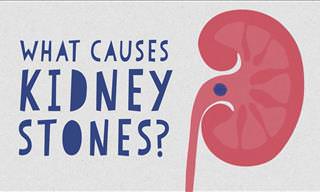 5:15
5:15
Discover What Really Causes Kidney Stones In This Video
Kidney stones can be an incredibly painful affliction, often leading to surgery in order for them to be removed from the body. Find out what causes them here.
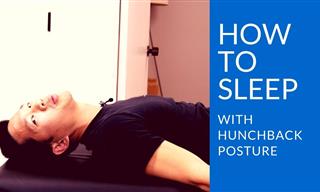 8:28
8:28
This is How Your Bed Gives You a Hunchback
One of the plagues of the sedentary lifestyle is bad posture. But if you maintain this regenerative sleep position, this can be easily fixed.
 10:40
10:40
Instant Back Pain Relief - How to Decompress the Spine
These spinal decompression exercises will help you relieve the pain, stiffness, and pressure throughout the entire spine almost instantly.
 23:45
23:45
Nothing Helps Your Migraine? Try This Yoga Practice
This easy restorative yoga practice focuses on pranayama breathing and can help reduce the uncomfortable symptoms of headaches and migraines

14 Super Foods that Fight to Prevent Cancer
These super foods, taken daily, have been proven to fight to free your body from the risk of cancer.
 4:58
4:58
Here’s How You Can Lose the Fat UNDERNEATH Your Belly
Visceral fat is found inside your abdominal cavity. Getting rid of it can be a challenge, but not if you follow these simple tips.
 4:05
4:05
WATCH: What Causes Floaters in Your Eyes?
We can often see things floating around our field of vision, but what are they? This science video explains all.
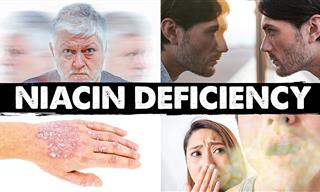 6:32
6:32
Unusual Signs of Vitamin B3 Deficiency You Mustn't Ignore
You may not realize you have Vitamin B3 deficiency!

6 Common Mistakes We All Make When Showering
Which of these 'mistakes' are you guilty of making?
 3:40
3:40
Looking at Caffeine, Shampoo and Rosemary for Hair Growth
Looking at the real research done behind these ingredients helps us see which really help and which still needs more research to know if they are effective on humans.
 31:20
31:20
Restorative Yoga to Relieve Sciatica You Can Do Lying Down
This yoga practice is safe for those suffering from sciatica and was compiled specifically to help relieve the pain associated with it

For Great Health, Add Goji Berries to Your Shopping List!
From fighting aging to a super-charged immune system, this miracle fruit carries with it so many health benefits it should be in everyone's shopping cart.

9 Effective Ways to Make Your Nausea Go Away
Nausea is that unpleasant feeling of discomfort inside your stomach, oftentimes leading to vomiting. Use one of these natural methods to stop it.
 12:34
12:34
Simple Tips for Giving Your Brain a Well-Deserved Rest
In this video, you'll find valuable tips for giving your brain the respite it needs from the never-ending stress of daily life.
 3:33
3:33
How Much Fruit is TOO Much for Your Health?
Fruits are healthy, but is there a thing as eating too much of them? Watch out for these signs.

How to Treat an Obstruction in Your Stomach
Did you know that you can naturally treat gastric obstructions by adding to organic ingredients to your diet?
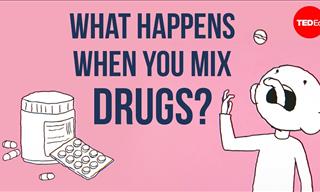 5:04
5:04
Important: The Dangers of Mixing Drugs Explained
What happens when we mix these drugs? Find out in this informative video.
 14:44
14:44
How to Increase the Amount of Oxygen in Your Blood
How can we make sure we're getting enough oxygen in our breathing? This video will make sure you know how.
 10:30
10:30
These Exercises Bring Relief to Sciatica and Nerve Pain
A pinched nerve in the back can be a bothersome chronic condition with frequent flareups. Here's how to bring instant relief to this type of back and leg pain.
 13:30
13:30
25 Things About the Human Eye That Will Surprise You
Ophthalmologist Ashley Brissette, MD answers common eye-related questions for you.
 5:38
5:38
Discover What Happens In Your Body When You Have a Fever
Have you ever wondered exactly why does our body produce a fever? Find out more in this video.
 4:46
4:46
What You Should & Shouldn't Eat With a Stomach Ache
Not sure what you should and shouldn't eat with an upset stomach? This video has all the answers!
 3:13
3:13
Is Calorie-Counting Just a Nutrition Theory Gone Wrong?
We've all been counting calories for decades in hopes to cut down on our waistlines, but it turns our that the calorie system might be wrong
 4:16
4:16
Feeling Bloated? This Is How to Improve Digestion Quickly
How can you improve your digestion quickly? This guide explains.
 10:18
10:18
This Doctor Tried the Keto Diet and This is What He Thinks
Curious to try the KETO Diet? Listen to what a doctor has to say first.
 3:14
3:14
Let's Talk About the Anti-Cancer Benefit of Sweet Potatoes
Lets Talk About the Anti-Cancer Potential of Sweet Potatoes

Did This Technique Just Kill 99% of Cancer Cells?
This revolutionary method, employing the power of vibrating molecules, heralds a new dawn in the fight against cancer, offering hope for a more efficient and less invasive approach to treatment.
 6:54
6:54
These Potent Foods Will Keep Your Oral Cavity Healthy
Consuming these nutritious foods will help to keep your teeth nice and healthy.
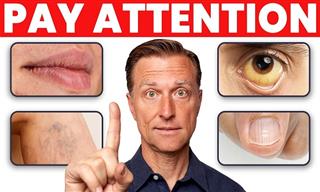 9:57
9:57
11 Warning Signs of a Nutrient or Vitamin Deficiency
You might not be getting enough nutrients, and you don't even know it. Watch out for these signs!
 14:44
14:44
The Secrets to Getting More Oxygen in Your Cells
The best (and easiest) exercises for better breathing.
 17:25
17:25
Chair Yoga: a Complete At Home Video Practice
This is a complete 17-minute beginner friendly yoga sequence suitable for all ages you can do on your chair.

7 Things Stress Does to Everybody, Without Exception
Stress is one of the biggest problems we have to deal with in modern life. Here are 7 recent conclusions about stress you should know about.
 5:03
5:03
Is a Diet High in Fiber an Effective Anti-Inflammatory?
Fiber is an essential part of our diet, for more reasons than just bowel movement.
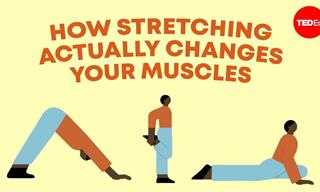 5:03
5:03
The Secret to Flexible Muscles: How Stretching Works
Discover the actual effects of stretching on your muscles and learn ways to enhance your flexibility.
 5:58
5:58
The Amazing Anti-Diabetic Tea You Never Knew About
Looking for a natural way to lower your blood sugar levels? Try this wonderful tea recipe.
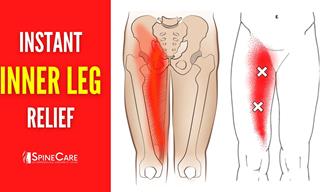 9:51
9:51
Fix Inner Leg Pain FOR GOOD With These Stretches
Struggling with inner-leg pain? Try these effective stretches.
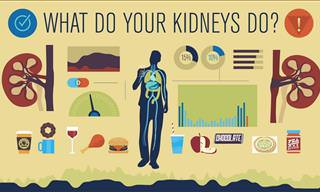 3:55
3:55
Your Kidneys Are So Vital - This is What You Need to Know
Have you ever wanted to know just what it is that your kidneys actually do? Here is the information you've been waiting for.

HOW MUCH Exercise Do I Need to Burn Off These Foods?
Before you go for that takeaway, you should see how much exercise you will need to do to burn off those calories. This chart will show you.



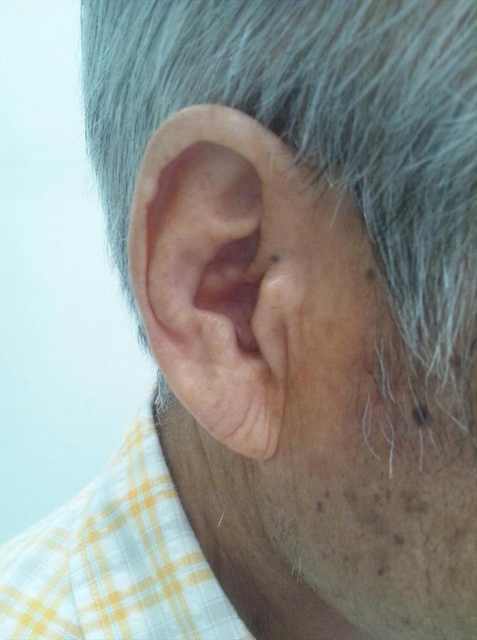
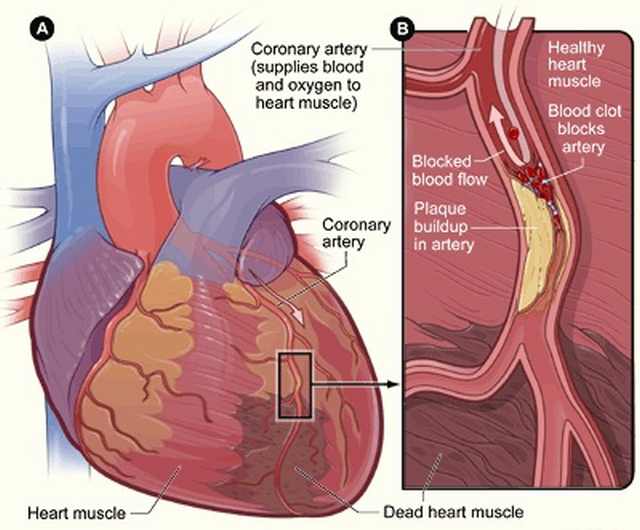 Biologically, ear creases result when the elastic tissue around the small blood vessels in the ear begins to degenerate. This is the same type of change that occurs in the blood vessels when one has coronary artery disease. Therefore, scientists concluded that the visible change in the earlobe could be an indication of more serious changes occurring in the blood vessels around the heart.
Biologically, ear creases result when the elastic tissue around the small blood vessels in the ear begins to degenerate. This is the same type of change that occurs in the blood vessels when one has coronary artery disease. Therefore, scientists concluded that the visible change in the earlobe could be an indication of more serious changes occurring in the blood vessels around the heart.